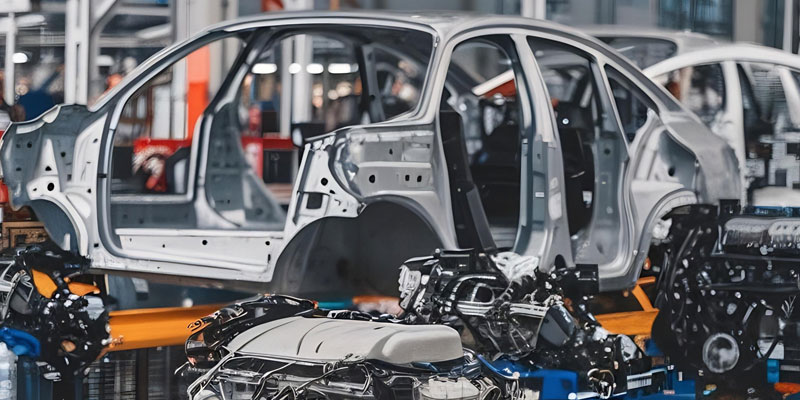Schedule a Call Back
Five ways to reduce your manufacturing facility's carbon footprint
 Articles
Articles- Nov 15,24

- Temperatures and humidity
- Water flow rates and pressures
- Lighting controls
- Hardware and software optimisations
- Blockchain: Traces inventory with immutable, authenticated transaction logs.
- Transportation management systems: Optimises routes for reducing fuel emissions.
- Digital twins: Visualizes operational changes in programs before implementation to prevent waste from errors.
Related Stories

Rewarding Manufacturing Resilience
Effective January 1, 2026, Mexico imposed import duties ranging from 5 per cent to 50 per cent on a broad set of goods from non-free trade agreement (FTA) countries, including India, China, South Ko..
Read more
Engineering India’s Next Phase of Growth with Responsibility: Amit Sharma
Amit Sharma, MD and CEO, Tata Consulting Engineers (TCE), outlines TCE's strategy to support India’s next phase of industrial growth through integrated engineering, nuclear and digital capabilitie..
Read more
EV transition and tariff wars redefine India’s auto components play
India’s auto component industry is poised to hit $ 145 billion by FY30 from $ 80 billion in FY25. Yet high US tariff, EV transition and heavy reliance on imports from China expose vulnerabilities,..
Read moreRelated Products

Fanless Industrial Pc for Smart Manufacturing
CONTEC Launches BX-M4600 Series - Fanless Industrial PC for Smart Manufacturing.












